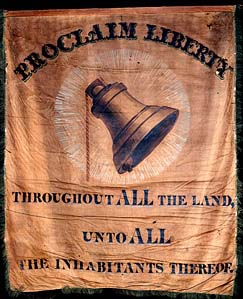Resisting Slavery
John Brown
Abolitionist John Brown worked among both the African-American and white communities in Springfield in the fight to resist the institution of slavery.
Abolitionism & the Underground Railroad in the Connecticut River Valley
Local activists involved in the resistance movement against slavery included church leaders, businesspeople, and committees of concerned citizens, both black and white.
Thomas Thomas
A former slave in Maryland, Thomas moved to Springfield, befriended John Brown, and became a successful business-owner.
Primus Mason
A distinguished member of the mid-nineteenth-century African-American community in Springfield, Mason is recognized today with the naming of a section of the city in his honor.
St. John's Congregational Church
One of the oldest African-American churches in Springfield, St. John's has undergone numerous name changes but has remained a center of African-American community life.
Springfield and the Civil War
When the first shots rang out at Fort Sumter in April of 1861, Springfield was a city of 15,000 residents supported by several local industries. By the war's end, Springfield had sent 2,625 of its men to fight for the Union cause.
Rev. Samuel Osgood
Reverend Samuel Osgood served as an important "conductor" of the Underground Railroad that helped transport escaping slaves from the South to freedom during the nineteenth century.
